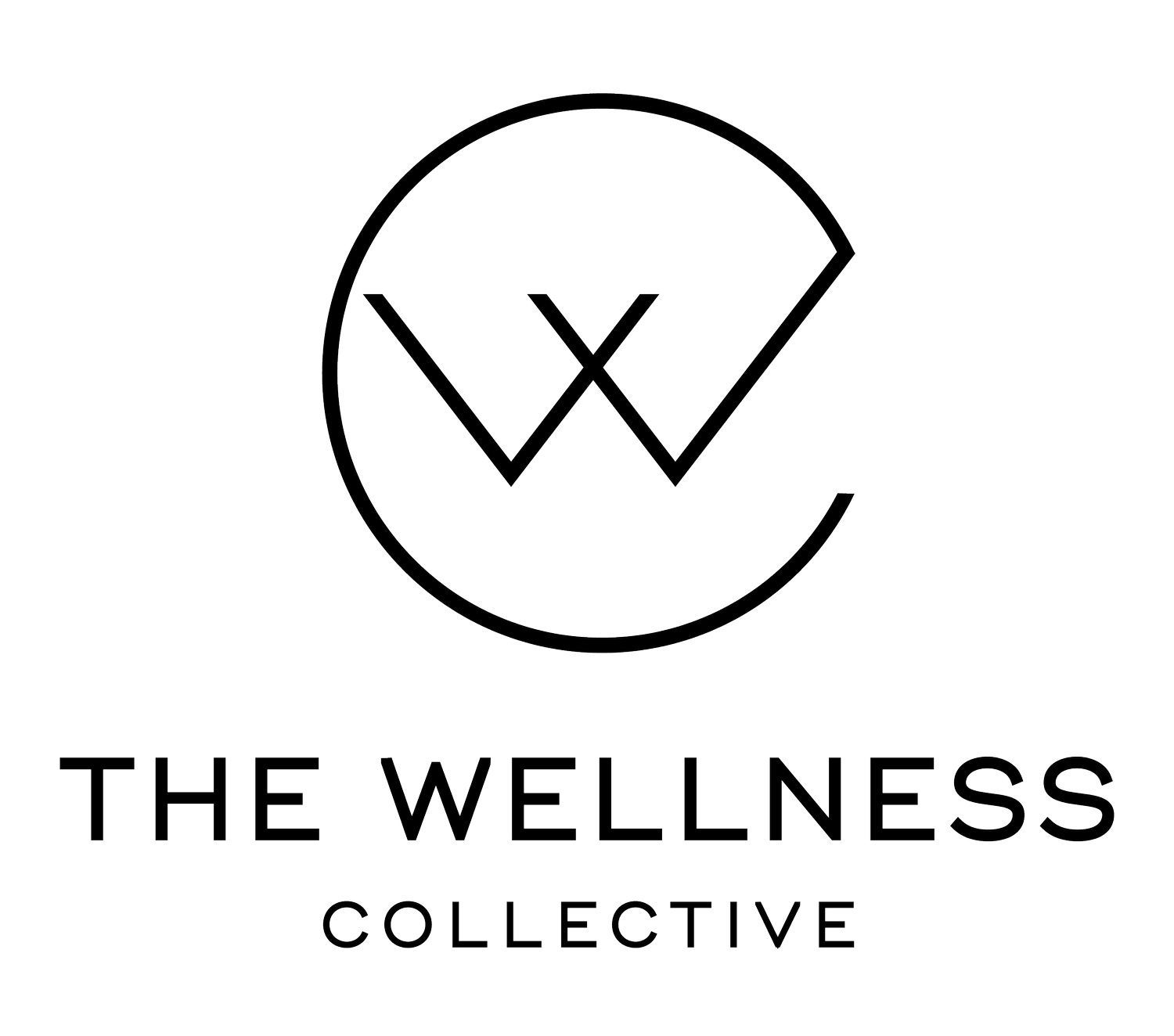How Validation Can Enhance Connection With Your Loved Ones
This post was originally published on January 1, 2019
Many a parent has asked me to provide a “tip sheet” on how to best support their child’s mental health. How strange it is that we are not given a manual for parenting; wouldn’t that just make things so much easier!? Alas you are in the same boat as many if you are having difficulty navigating how to support your child’s big emotions and foster growth and resilience. I simply cannot emphasize the importance of validation enough. But what does this even mean?! If I validate my child’s emotion, doesn’t that mean I lose control and I am just reinforcing their actions and behaviours? Absolutely not.
Here are some tips on what validation is and is not, as well as a few easy ways of connecting with your child:
VALIDATION IS NOT:
Agreeing with or approving of your child’s behaviour
Enabling your child
Jumping to fix-it mode
Feeling sorry for your child
Minimizing, dismissing or judging your child’s emotional experience
VALIDATION IS:
Communicating acceptance of your child
A way of connecting and “being with” your child
Supporting and helping to label your child’s emotions
Communicating that the relationship is most important to you
Being present and paying full attention to your child without judgment or shame
Normalizing your child’s emotions
Think about a situation in which you have felt invalidated. A situation in which you felt either, rejected, ignored, dismissed or judged for having the very human experience of emotion. Sometimes we invalidate others because we are simply NOT comfortable with the emotions being expressed by the other party. Sometimes we invalidate others because we are afraid. Think about what emotions were covertly (or overtly) considered acceptable versus unacceptable in your own family. Were you allowed to feel angry or were you quickly directed to apologize to the other party, whilst your own emotions were swept under the proverbial carpet? Were you encouraged to just cheer up and keep your chin up when feeling sad? This is not to say wer are going to “get it right” 100% of the time. But sometimes looking at what emotions we may have more difficulty processing and accepting can give us an understanding of why we have difficulty with validating and responding to our loved ones’ emotions, and thus have difficulty really connecting with them.
SO WHAT ARE SOME EXAMPLES OF HOW YOU CAN VALIDATE YOUR CHILD’S EMOTIONS?
I can see that you are feeling _______. How can I help?
I’m thinking this must have been very ______ for you.
I think most people would feel similarly in that situation.
Wow, how frustrating! I can see why that made you feel angry.
I recently did a 4-day training for a parenting group called Circle of Security, which is an attachment-based parenting program that encourages looking at your own attachment style and experience of emotions in order to become more aware of how we make ourselves available to meet our children’s needs in order to develop a secure attachment. Much of this blog post comes from what I learned during that training but also from my experience working with children and youth in mental health crisis. We so often miss the simplicity of validating the emotion because we want to come up with a solution. Sometimes because we are uncomfortable with the emotion. Sometimes because we are afraid of the emotion. It seems like the key to connecting is actually more in how we are able to “be with” our loved ones in their emotion and not so much about what solutions we are able to provide and how swiftly we can move through the “negative” emotion into a more “positive emotion. So next time your loved one expresses an emotion, stop yourself from going into auto-pilot and challenge yourself to sit with them in that emotion and connect with them. A few moments of connection goes a long way!
Kristen Hamilton-Block works with youth and adults struggling with depression, anxiety , trauma and relationship issues that are a result of any form of trauma. She uses an AEDP and Emotion-Focused lens to explore our emotions in order to improve self-worth, relationships and overall quality of life. In her free time, Kristen can be found trying out a new recipe, reading a good thriller or spending time with friends and family.


